10 Best Herbal Creams For Peripheral Arterial Occlusive Disease
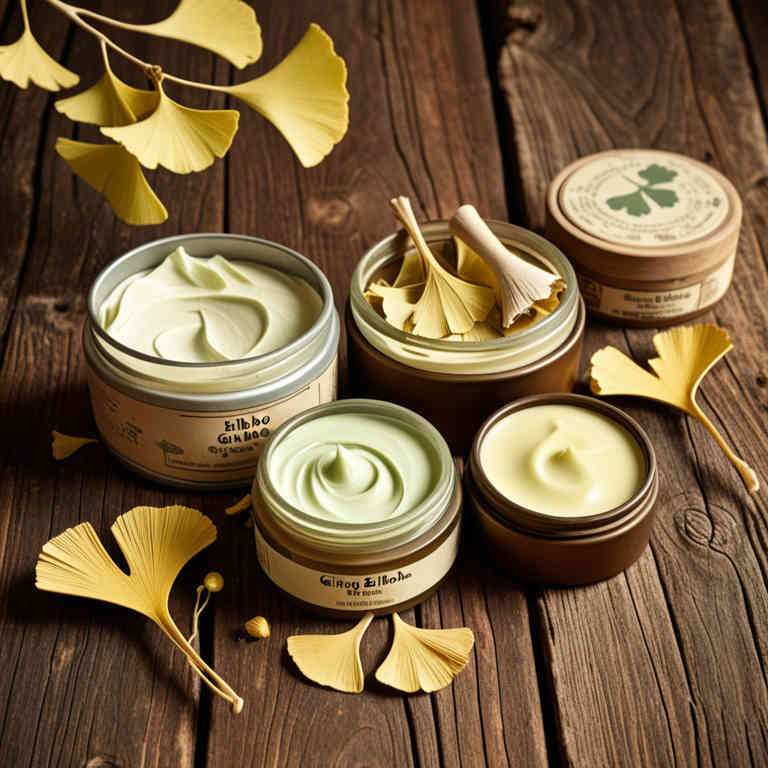
Herbal creams for peripheral arterial occlusive disease (PAOD) are topical treatments that aim to improve circulation and reduce inflammation in the affected areas.
These creams often contain natural ingredients such as garlic, ginger, horse chestnut, and willow bark, which are known for their vasodilatory and anti-inflammatory properties. While they may provide symptomatic relief by enhancing blood flow and reducing pain, their effectiveness in treating the underlying vascular disease is not well-established by clinical studies. Some users report improved mobility and reduced discomfort, but it is important to consult a healthcare professional before using herbal creams as a complementary or alternative therapy.
These products should not replace standard medical treatments, such as lifestyle changes, medications, or surgical interventions, which are essential for managing PAOD.
FREE Herb Drying Checklist
How to make sure every batch retains maximum flavor, color, and aroma without the risk of mold or over-drying. Eliminate guesswork and trial-and-error, making herb drying faster, easier, and more efficient every time.
Table of Contents
1. Ginkgo biloba
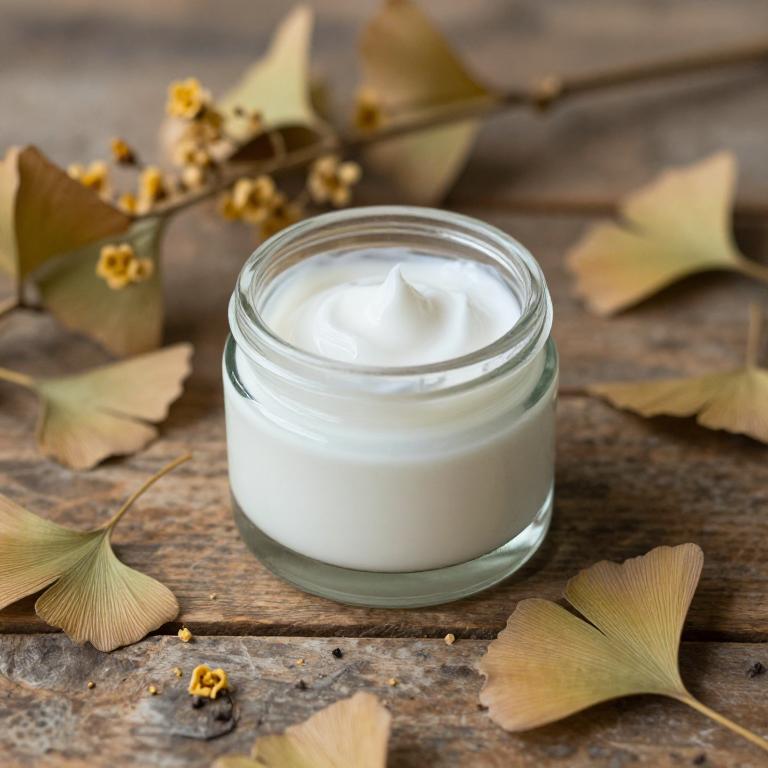
Ginkgo biloba herbal creams are often used as a complementary therapy for peripheral arterial occlusive disease (PAOD), a condition characterized by reduced blood flow to the limbs due to narrowed arteries.
These creams typically contain extracts from the leaves of the ginkgo biloba tree, which are believed to enhance circulation and improve blood flow by dilating blood vessels and reducing blood viscosity. Some studies suggest that the active compounds in ginkgo biloba, such as flavonoids and terpenoids, may have antioxidant and anti-inflammatory properties that support vascular health. However, while some anecdotal evidence and limited clinical trials support their use, more rigorous research is needed to confirm their efficacy and safety in treating PAOD.
As with any herbal remedy, it is important to consult a healthcare professional before using ginkgo biloba creams, especially for individuals with existing medical conditions or those taking other medications.
2. Zingiber officinale
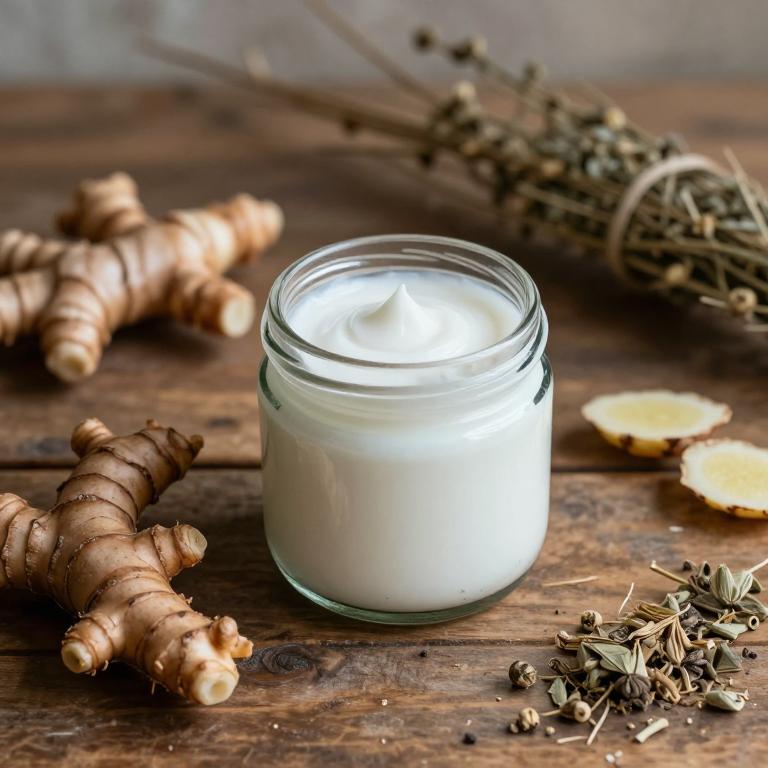
Zingiber officinale, commonly known as ginger, has been traditionally used for its anti-inflammatory and circulatory benefits, and recent studies suggest that ginger-based herbal creams may offer therapeutic potential for peripheral arterial occlusive disease (PAOD).
These creams typically contain essential oils and active compounds from fresh or dried ginger root, which may help improve blood flow and reduce inflammation in the affected areas. The warming effect of ginger can enhance local circulation, potentially alleviating symptoms such as leg pain and cramping associated with PAOD. While more clinical research is needed to confirm its efficacy, some patients report improved comfort and mobility when using ginger herbal creams as a complementary therapy.
As a natural alternative, ginger creams may be considered alongside conventional treatments to support overall vascular health.
3. Urtica dioica
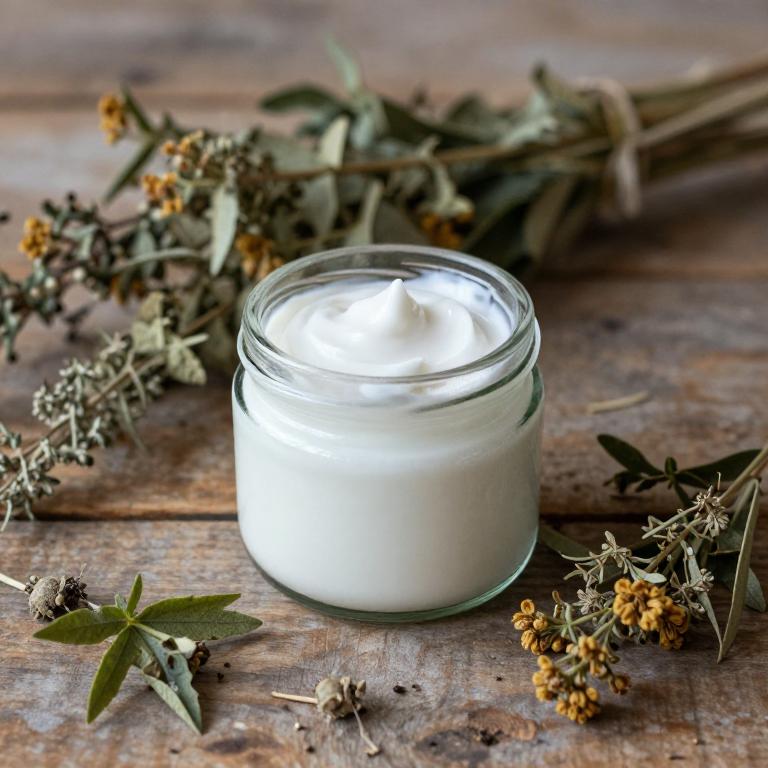
Urtica dioica, commonly known as nettle, has been traditionally used in herbal medicine for its anti-inflammatory and circulatory benefits.
Some herbal creams containing Urtica dioica are marketed for their potential to improve blood flow and reduce inflammation in patients with peripheral arterial occlusive disease (PAOD). These creams may help alleviate symptoms such as leg pain and discomfort by promoting better circulation. However, while preliminary studies suggest possible benefits, more rigorous clinical research is needed to confirm their efficacy and safety.
As with any complementary therapy, it is important to consult a healthcare provider before using Urtica dioica creams, especially for individuals with existing vascular conditions.
4. Vitis vinifera
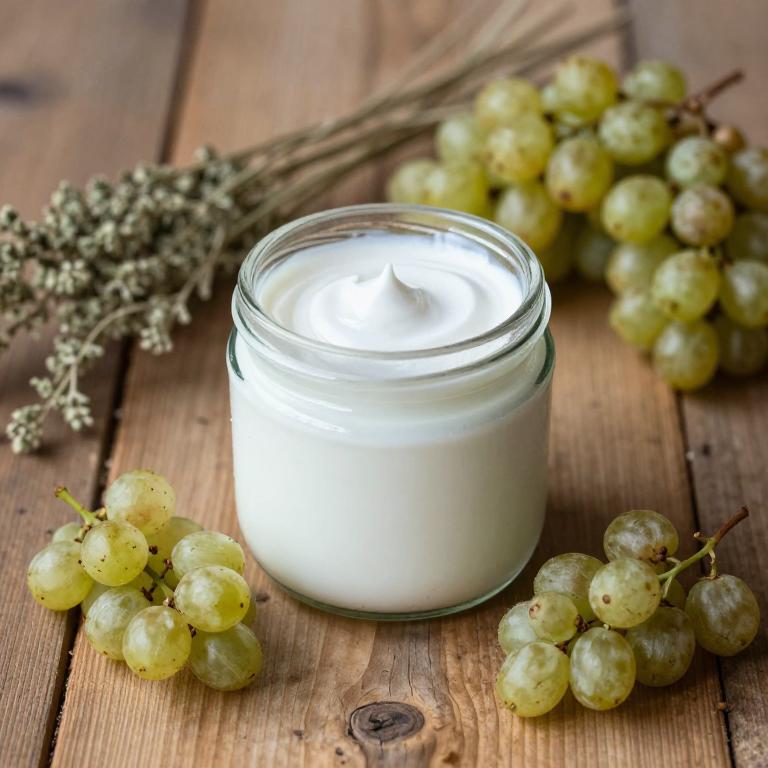
Vitis vinifera, commonly known as the grape vine, has been explored for its potential therapeutic benefits in herbal creams formulated for peripheral arterial occlusive disease (PAOD).
These creams often contain polyphenols and resveratrol, which are believed to have anti-inflammatory and antioxidant properties that may improve blood flow and reduce oxidative stress in affected tissues. Some studies suggest that topical application of Vitis vinifera-based creams could enhance microcirculation and promote wound healing in patients with PAOD. However, while preliminary research is promising, more clinical trials are needed to establish their efficacy and safety in this specific condition.
As a complementary therapy, these herbal creams may offer a natural alternative or adjunct to conventional treatments for PAOD.
5. Hypericum perforatum
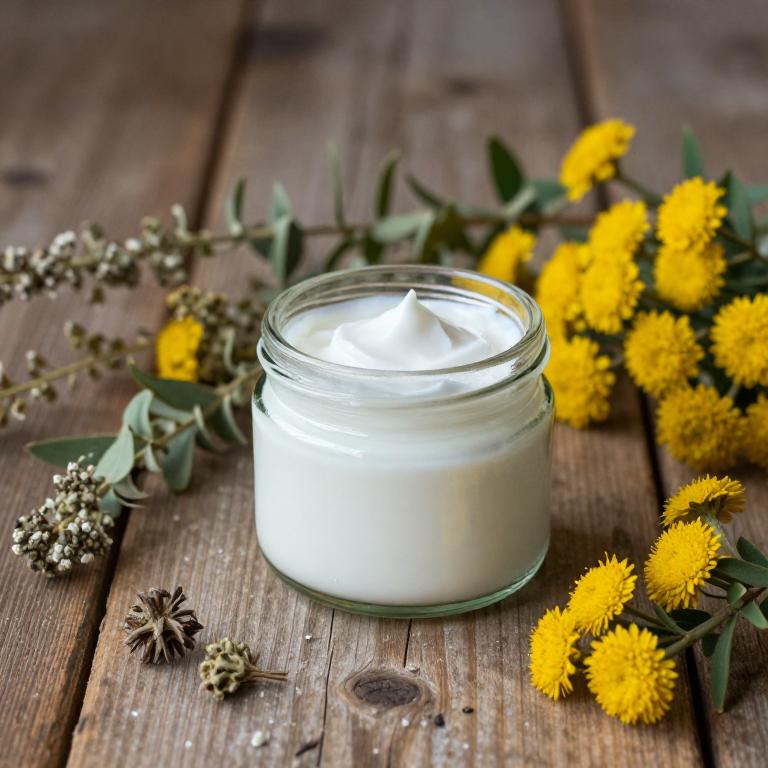
Hypericum perforatum, commonly known as St. John's Wort, is traditionally used in herbal medicine for its potential anti-inflammatory and antioxidant properties.
While it is well-known for its use in treating mild to moderate depression, recent research has explored its potential benefits for peripheral arterial occlusive disease (PAOD), a condition characterized by reduced blood flow to the limbs. Some studies suggest that the active compounds in St. John's Wort, such as hypericin and hyperforin, may help improve circulation and reduce inflammation in affected areas. However, it is important to note that there is limited clinical evidence supporting its efficacy for PAOD, and its use should be discussed with a healthcare provider due to potential interactions with other medications.
Herbal creams containing Hypericum perforatum may offer some relief from symptoms, but they should not replace conventional treatments prescribed by a doctor.
6. Rosa canina
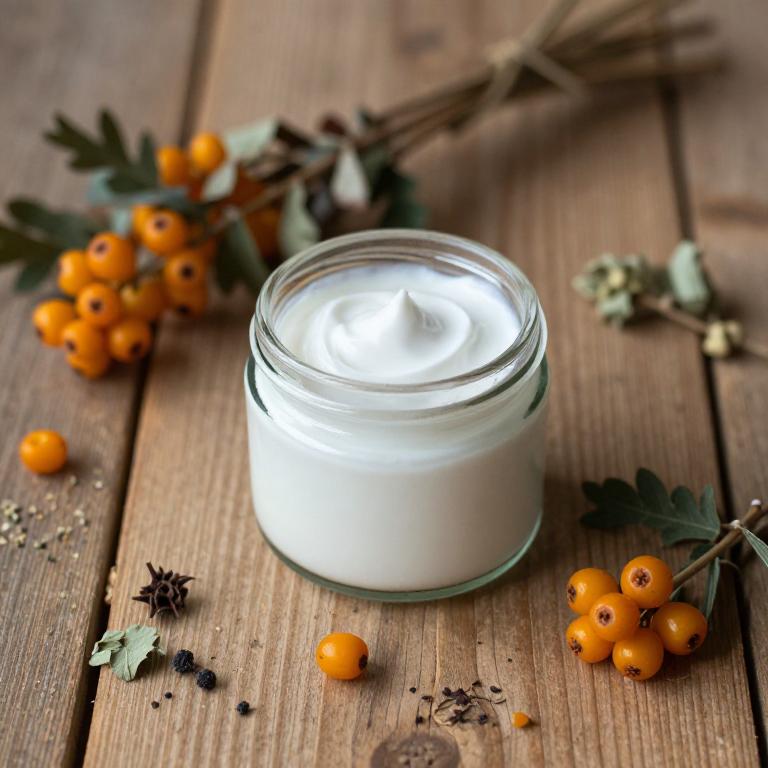
Rosa canina, also known as dog rose, has been traditionally used in herbal medicine for its anti-inflammatory and circulatory benefits.
Rosa canina herbal creams are formulated with extracts from the fruit and flowers of the Rosa canina plant, which are rich in antioxidants, vitamins, and essential fatty acids. These creams are often used as a complementary therapy for peripheral arterial occlusive disease (PAOD), aiming to improve blood circulation and reduce symptoms such as leg pain and swelling. While some studies suggest that Rosa canina may support vascular health, more clinical research is needed to confirm its efficacy in treating PAOD.
As with any herbal remedy, it is important to consult a healthcare professional before incorporating Rosa canina creams into a treatment plan for PAOD.
7. Nymphaea alba
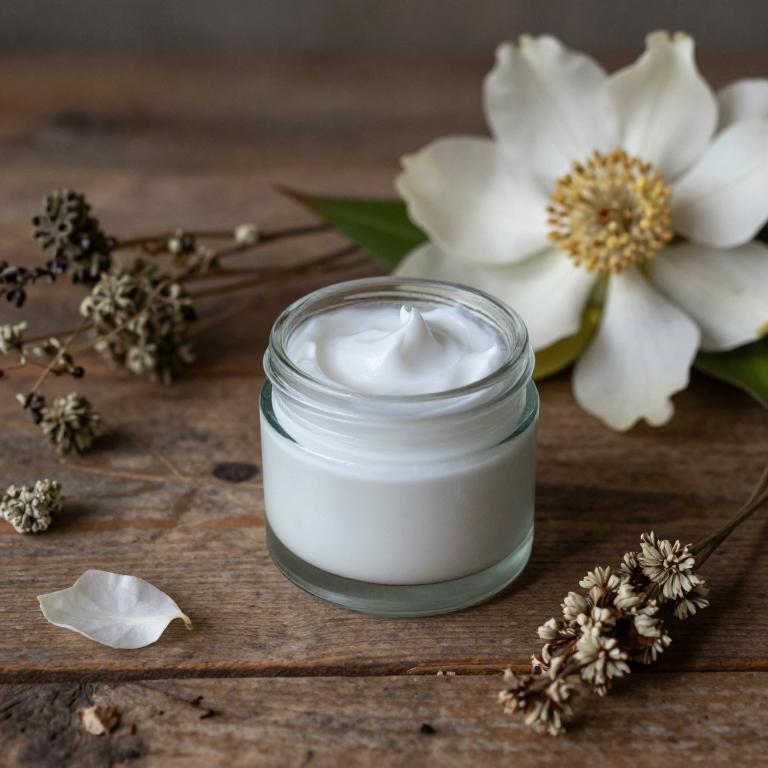
Nymphaea alba, commonly known as white water lily, has been traditionally used in herbal medicine for its potential therapeutic properties.
Recent studies suggest that extracts from Nymphaea alba may help improve blood circulation, making it a promising ingredient in herbal creams for peripheral arterial occlusive disease (PAOD). These creams are formulated to support vascular health by promoting the dilation of blood vessels and reducing inflammation. The natural compounds in Nymphaea alba, such as flavonoids and alkaloids, are believed to enhance microcirculation and alleviate symptoms like leg pain and numbness associated with PAOD.
While more clinical research is needed, preliminary evidence indicates that Nymphaea alba-based creams may offer a complementary approach to managing this condition.
8. Salvia officinalis
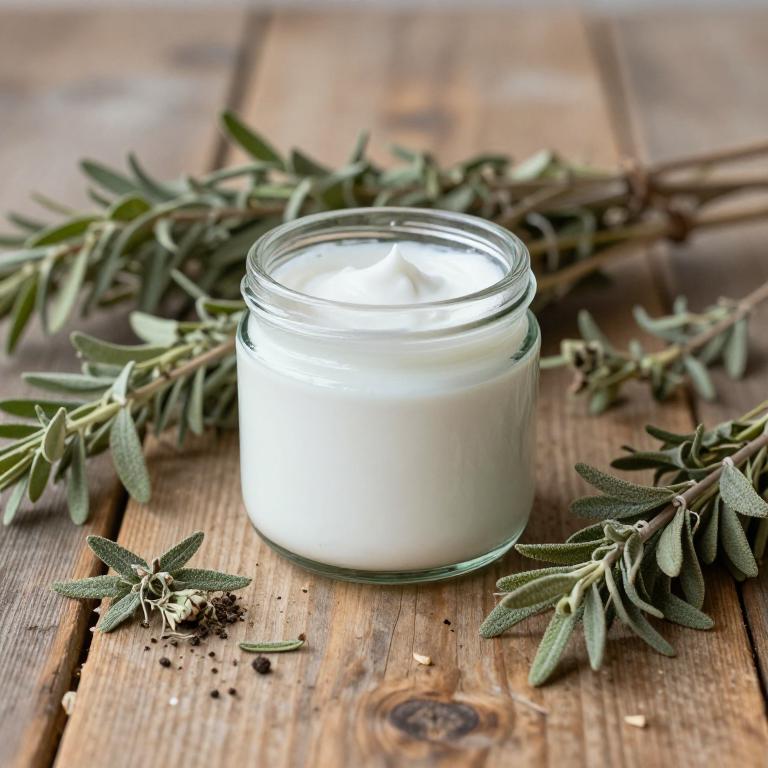
Salvia officinalis, commonly known as sage, has been traditionally used in herbal medicine for its anti-inflammatory and antioxidant properties, which may offer potential benefits for patients with peripheral arterial occlusive disease (PAOD).
Recent studies suggest that topical application of sage-based herbal creams may help improve circulation and reduce inflammation in the affected areas, potentially alleviating symptoms such as leg pain and numbness. These creams are often formulated with essential oils and extracts from the leaves of the plant, which are believed to stimulate blood flow and enhance tissue repair. While more clinical research is needed to fully establish their efficacy, some patients report positive outcomes when using these natural remedies as complementary treatments.
As a result, salvia officinalis herbal creams are gaining attention as a possible adjunct therapy for managing the symptoms of PAOD.
9. Cnicus benedictus
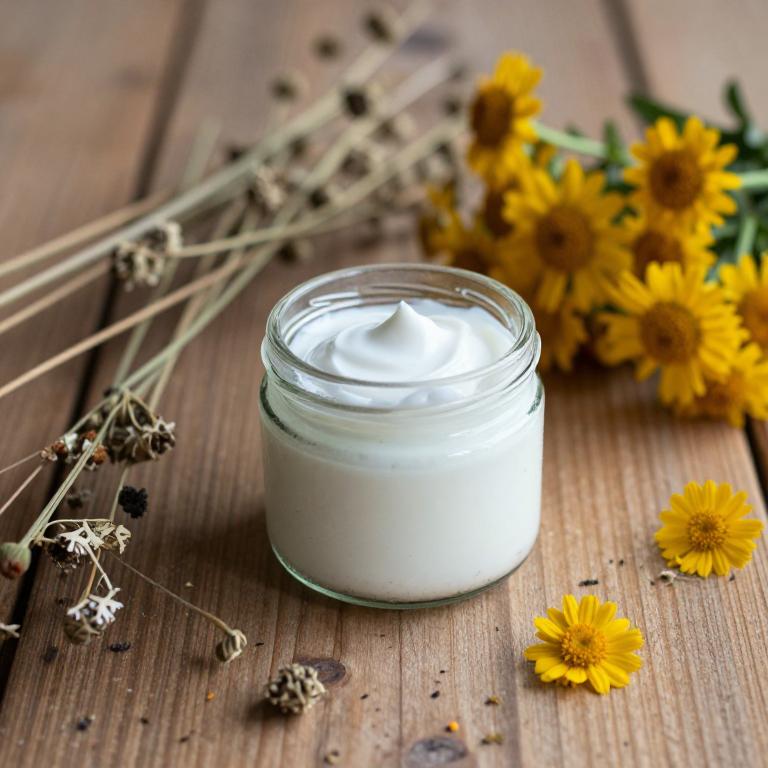
Cnicus benedictus, commonly known as St. Benedict’s herb, has been traditionally used in herbal medicine for its potential cardiovascular benefits.
Some studies suggest that extracts from this plant may help improve blood circulation, which could be beneficial for individuals with peripheral arterial occlusive disease (PAOD). Herbal creams containing Cnicus benedictus are marketed for their ability to reduce leg pain and promote healing in patients with poor circulation. However, while preliminary research is promising, more clinical trials are needed to confirm its efficacy and safety for PAOD.
As with any herbal treatment, it is important to consult a healthcare professional before use, especially for those with existing medical conditions or taking other medications.
10. Cinnamomum verum
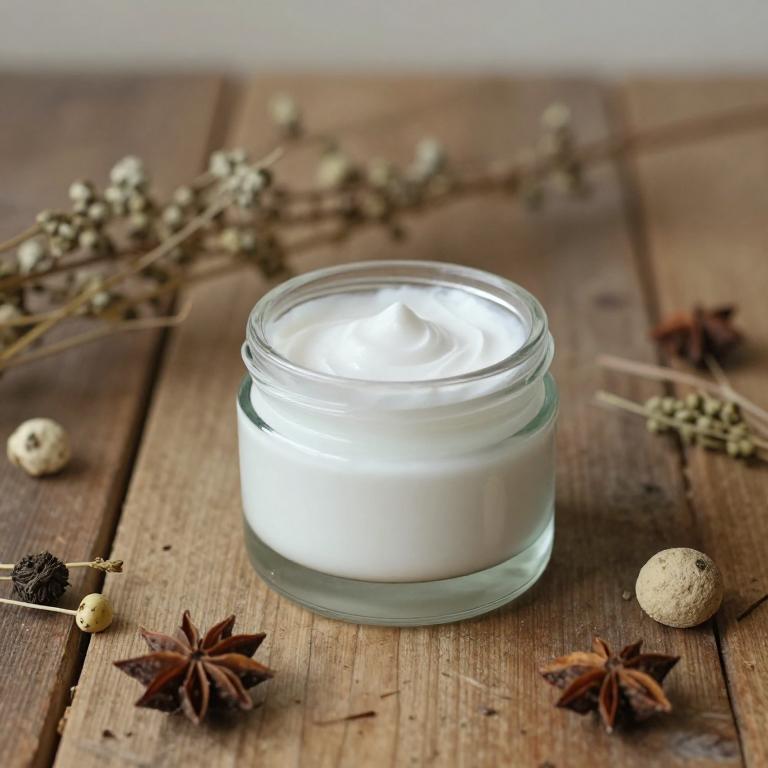
Cinnamomum verum, commonly known as true cinnamon, has been explored for its potential therapeutic effects in the management of peripheral arterial occlusive disease (PAOD).
The essential oils and bioactive compounds present in cinnamon, such as cinnamaldehyde and eugenol, exhibit anti-inflammatory, antioxidant, and vasodilatory properties that may improve blood circulation. Some studies suggest that topical application of cinnamon-based herbal creams could enhance microcirculation and reduce symptoms like leg pain and cramping in patients with PAOD. However, more rigorous clinical trials are needed to confirm its efficacy and safety in this context.
Despite preliminary promising results, cinnamon herbal creams should not replace standard medical treatments for PAOD but may serve as a complementary approach under professional guidance.